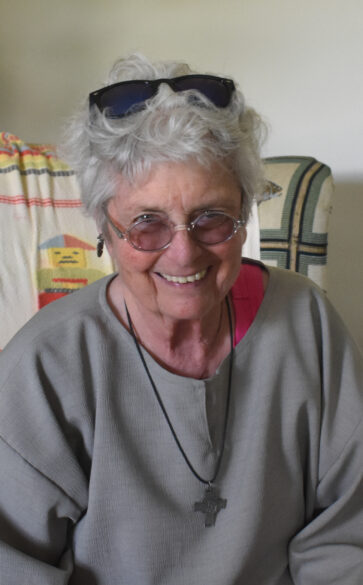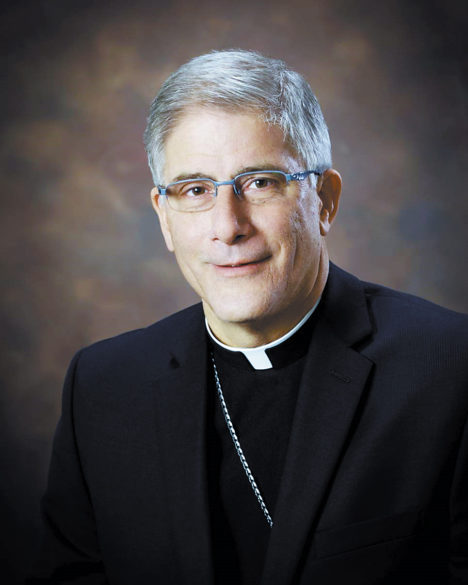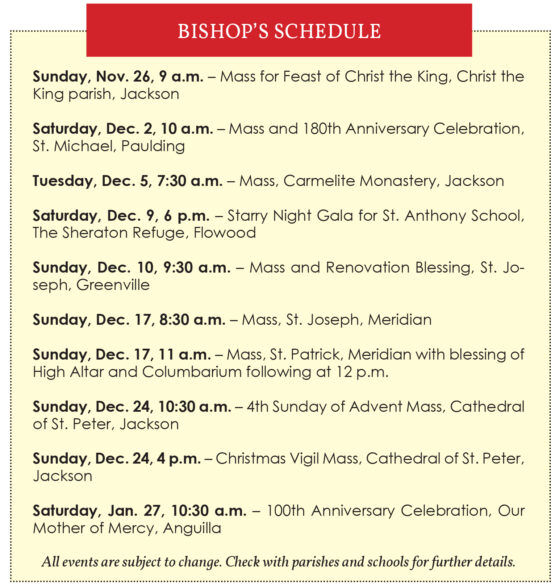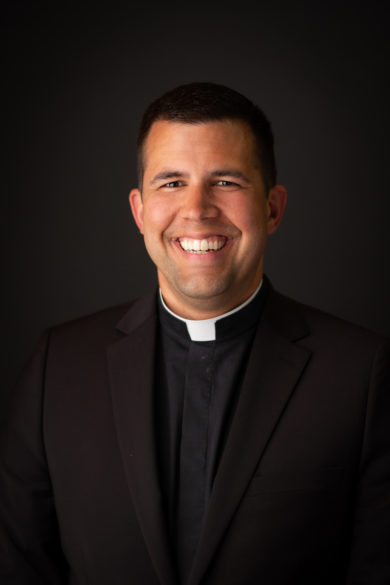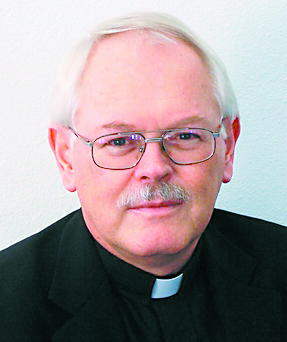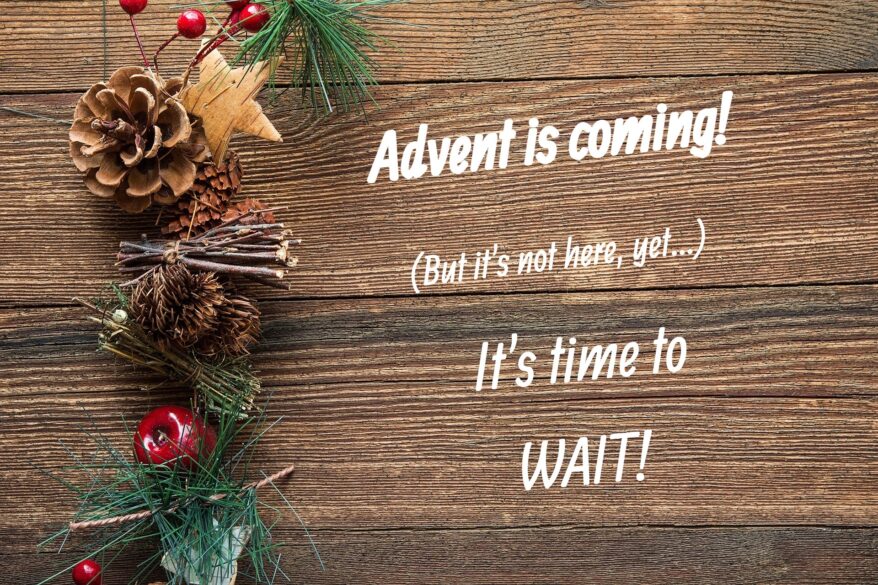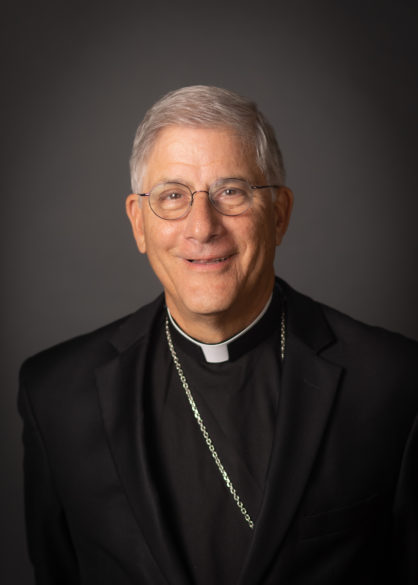Kneading Faith
By Fran Lavelle
Twenty-four years ago, the theme for Mississippi State’s Catholic Student Association Fall retreat, now known as Cowbell Catholic, was “Open Wide the Doors to Christ.” It was my first retreat with the Catholic college students at State. I was thinking about that retreat recently when I discovered the tee shirt in the bottom of a dresser drawer. It brought great comfort in remembering a cherished part of my past ministry, and it also provoked a realization that we, perhaps, more now than ever, need to open wide the doors to Christ.
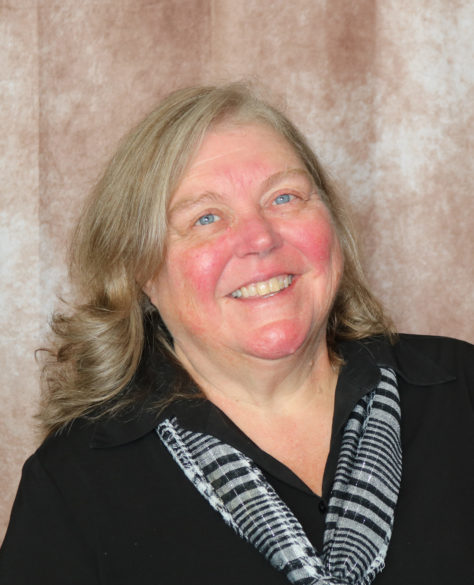
The statement comes from St. Pope John Paul II’s inauguration of his pontificate in October 1978. He stated, “Do not be afraid. Open wide the doors for Christ. To his saving power open the boundaries of States, economic and political systems, the vast fields of culture, civilization and development. Do not be afraid.” The then Pope John Paul II was asking us to put aside our differences, to let go of conventions of power, and be open to the transformational power of Christ without fear.
In a similar way Pope Francis at the opening Mass for the Synod on Synodality in October implored the faithful to help build the church by first being welcoming to everyone (tutti). He used the word tutti three times in his exhortation to be an open and welcoming church. In his own way, Pope Francis is asking that we move beyond the conventions of the world and open our doors and hearts to everyone. What would it look like if we all carried a sense of welcoming in our hearts at church and in our ordinary lives?
I have been saying for over a year that we as Catholics have a real opportunity to lead this country away from dualistic, vitriolic and divisive rhetoric. This kind of change must first, however, start with our own conversion. All around the globe people are allowing fear to dominate the political and religious narrative. Fear based narrative divides people “us against them.” A house divided will not stand. St. Pope John Paul II was right in saying, “Do not be afraid.” Pope Francis is right in saying that everyone is welcome. Everyone. What do we have to fear in the Body of Christ? That one may think or pray differently?
One of my favorite quotes in a homily by my former pastor and dear friend, Father Mike O’Brien was, “this is not your holy country club.”
We do not have an elevated social status because we go to Mass weekly. We are not more holy, pious or all around better. We are not called to congregate within our social circle. We are called to the margins. We are called to the periphery. If faith is a gift, we are called to selflessly share it with others. It takes hard work to seek out those who are different than us to ensure that everyone is welcome. There are people who rub us the wrong way. It is easy to dismiss them as weirdos. But those so-called weirdos were made in the image and likeness of God too.
Our Synod on Synodality synthesis revealed a great desire for unity and healing. Building unity and advancing healing takes a lot of work. We should be willing to listen to and consider the viewpoints of those who don’t think like us even if we may disagree with them. If not, the discussion around unity is window dressing that might make us feel good but achieves little in the end. So how do we move from “I” to “we”, the bigger “we” and not the “holy country club” kind?
The Pastoral Reimagining Process that all parishes and missions are undertaking right now will aid us in defining how we are engaging and transforming our communities. In this current phase parishes/missions are asked to look at what are areas of growth that may require resources or a new focus. Likewise, they are being asked to look at areas of ministry that are diminishing and discern the viability of the ministry in question.
Every aspect of parish life is to be examined. It is precisely this kind of reflection and examination that fuels change. It wakes us up from the routine and presents us with an opportunity to dream, problem solve and collaborate. The work of the church is to be shared by all of its members. We all have a gift or talent that we are called to share. We take away from Mass the Word and the Eucharist to be leaven for the world in the ordinary places we work and live. Our faith is not lived out at Mass. It is fortified there.
When the congregation is fed spiritually, when we open wide the doors to Christ, when everyone, everyone, everyone is welcome nothing can divide us.
(Fran Lavelle is the Director of Faith Formation for the Diocese of Jackson.)

